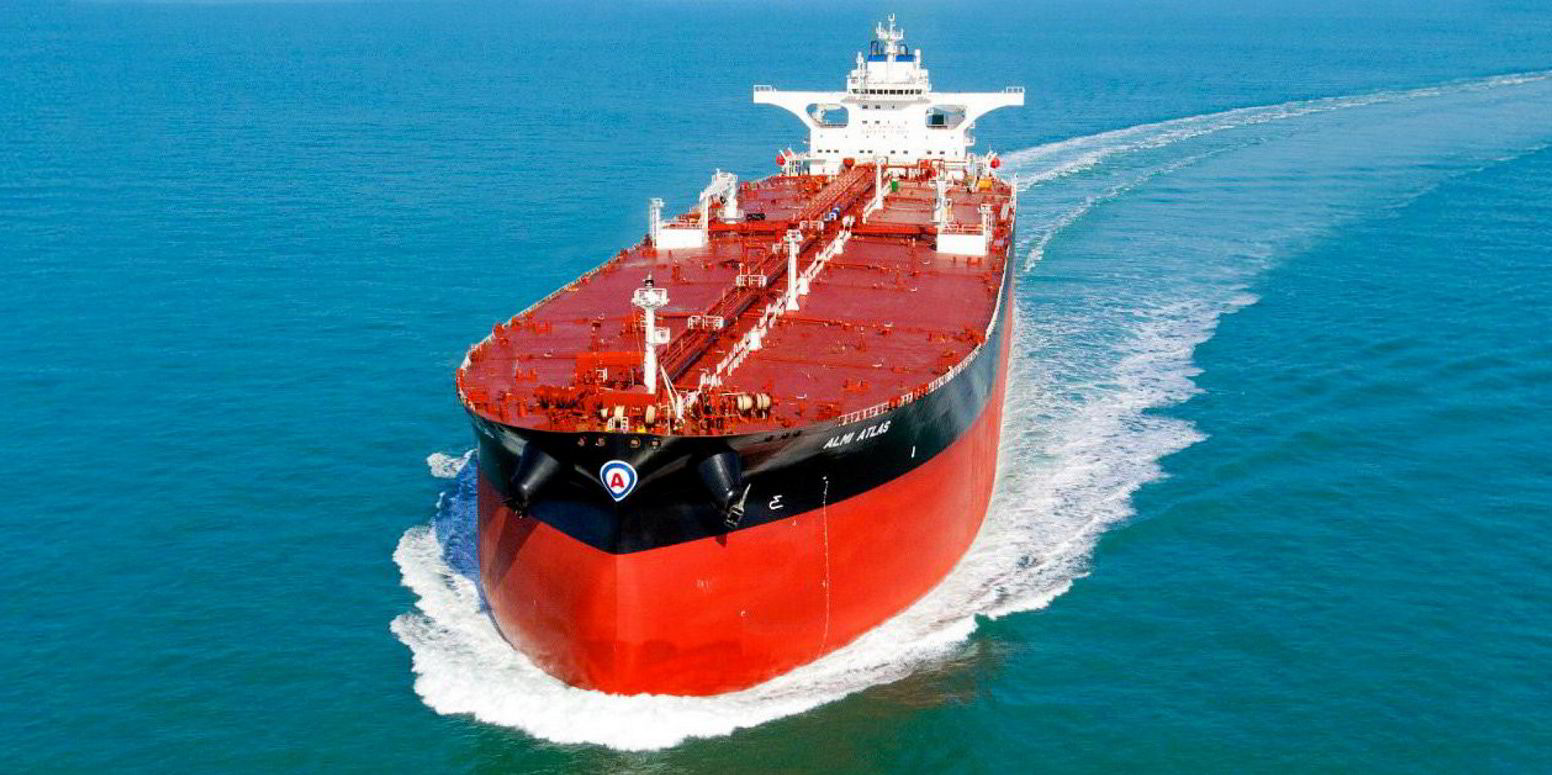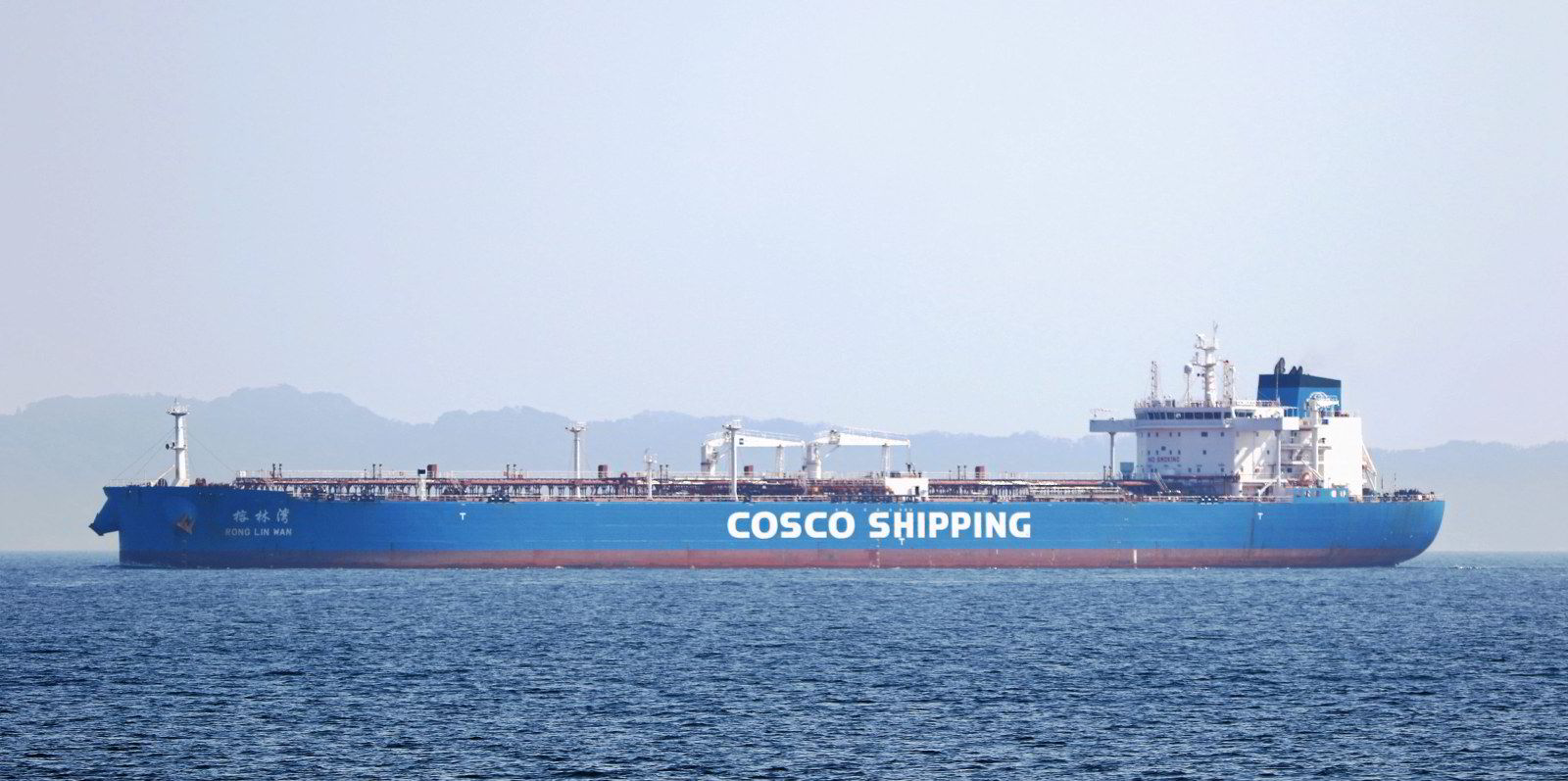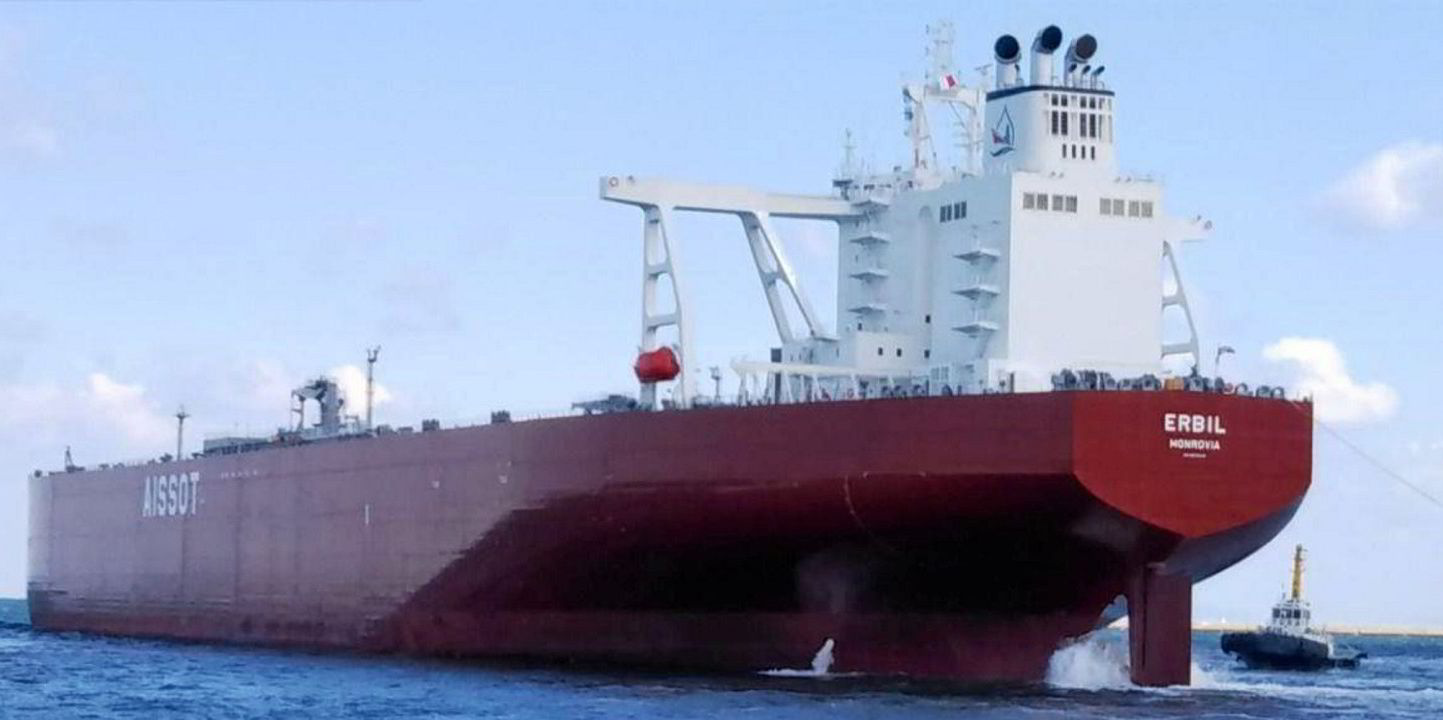The VLCC market is feeling the pinch as China — the world’s largest seaborne oil importer — has reduced crude intake in recent weeks.
Data from Vortexa, a London-based energy intelligence provider, shows global crude in-transit to China has fallen to a three-year low of 35.5m tonnes per day so far this month.
In comparison, nearly 64.6m tonnes of crude per day were in-transit to China in the same period last year, as Chinese refiners filled their storage facilities with cheap oil.
“The slowdown in China’s crude imports has taken a toll on VLCC utilisation and tonne-mile demand to China,” Vortexa said in a note published on Tuesday.
About 120 VLCCs laden with crude are currently sailing to China, down from over 200 VLCCs in June 2020, according to its figures.
Shipping demand has decreased to 7.6bn tonne miles from 10.5bn tonne miles in the timespan.
“This lacklustre tonnage demand continues to keep VLCC freight rates in the doldrums, where they have been most of this year,” Vortexa said.
Argus Media has assessed VLCC rates for the Middle East Gulf-China trade at $6.45 per tonne in June, far below the five-year average of $10.4 per tonne.
Spot time-charter equivalent earnings for VLCCs on the benchmark route have been in the negative territory since 2 June, the Baltic Exchange said.
Vortexa suggested Chinese importers have cut back their crude purchases partly due to rising crude prices and high stockpiles.
“Weak product export margins have [also] snuffed out the once voracious crude import appetite of Chinese refiners,” its researchers added.
Separately, Beijing has started to levy consumption taxes on the imports of bitumen mix, light cycle oil and mixed aromatics since 12 June.
Independent refineries and traders had imported large quantities of the products as feedstocks or blending components, and their purchases are expected to be affected by the closure of this loophole.
In particular, some market experts believe China has been importing US-sanctioned crude from Iran and Venezuela, disguised as Malaysian bitumen mix.
Braemar ACM Shipbroking estimated the volume for such opaque trades might have amounted to 14m tonnes last year.
Looking forward, Vortexa expects oil demand prospects to brighten in China but warns Chinese refineries might not increase crude imports and utilisation rates significantly due to policy constraints.
“Oil demand is projected to rise seasonally in the third quarter, bolstered by [restocking ahead of] Golden Week travels and higher construction activities, lending support to higher crude imports,” Vortexa said.
“But further upsides could be capped by available crude import and product export quotas in the second half of the year.”







